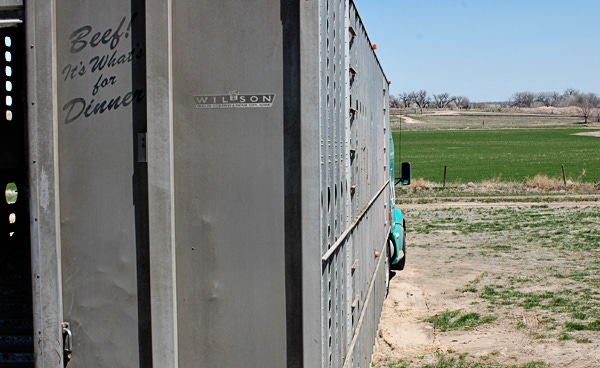“...the pressure for higher beef prices that accompanies limited supplies is running headlong into weaker export demand, aggravated by the strong dollar; domestic market disruptions and growing pork and poultry supplies that sharpen the competition among meat in the domestic market,” says Derrell Peel, Oklahoma State University Extension livestock marketing specialist.
February 28, 2015

“A myriad of factors are joining forces to create significant challenges for beef, pork and poultry markets so far in 2015,” says Derrell Peel, Oklahoma State University Extension livestock marketing specialist, in his weekly market comments. “These include supply and demand factors, domestic and international factors, and short- and long-term factors. Many of the factors are affecting all meat markets while others are specific to individual meats.”
There are challenges to U.S. meat exports, for one thing. Part of it has to do with the strongest U.S. dollar in years, making domestic products more expensive abroad, even if the inherent price remained the same.
“Meat exports are being further disrupted by the backlog at West Coast ports. The inability to move perishable product out of the ports has resulted in reduced export demand and diversion of meat back into domestic markets,” Peel explains. “Settlement of the labor dispute this past week will improve conditions but it will take several weeks for port operations to return to normal.”
At the same time, Peel points to the severity of recent winter storms, which have disrupted supply chains and consumer shopping. Then, there are increasing supplies of competing meats while U.S. beef production is poised to decline again in 2015.
“Pork production is increasing rapidly with planned expansion enhanced by smaller-than-expected impacts from Porcine Epidemic Diarrhea Virus (PEDv),” Peel explains. Pork production is expected to increase 4%-5% in 2015. With little growth in pork exports expected, the majority of the increased production will be consumed domestically. Abundant supplies of European pork are finding their way into many global markets, increasing the competition for U.S. pork. Wholesale pork values are falling; sharply lower hog prices may curtail production at some point but not likely before the end of the year or into 2016.”
Lower feed costs and higher anticipated returns are also increasing poultry production. Peel explains broiler production will likely grow by 5% this year. Like pork, though, he explains stagnant export growth means more of the increased production must be consumed domestically.
“The challenges for the beef industry are particularly troublesome,” Peel says. “Beef production is expected to decrease another 1% in 2015, in addition to the nearly 6% decline in 2014. Yet, the pressure for higher beef prices that accompanies limited supplies is running headlong into weaker export demand, aggravated by the strong dollar; domestic market disruptions and growing pork and poultry supplies that sharpen the competition among meat in the domestic market.”
You might also like:
How Schiefelbein Farms made room on the ranch for nine sons
About the Author(s)
You May Also Like





